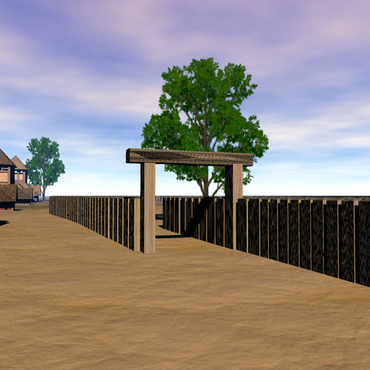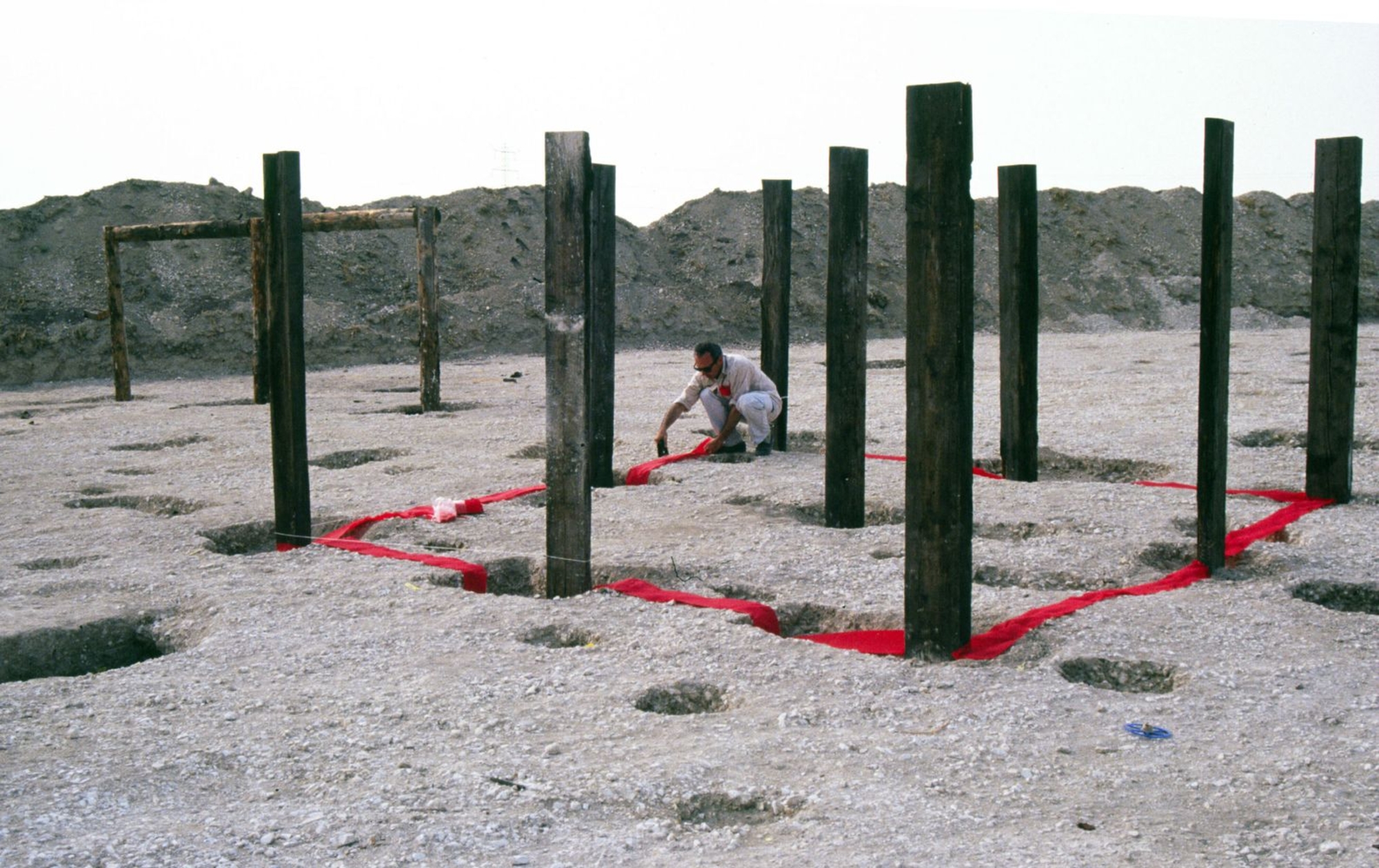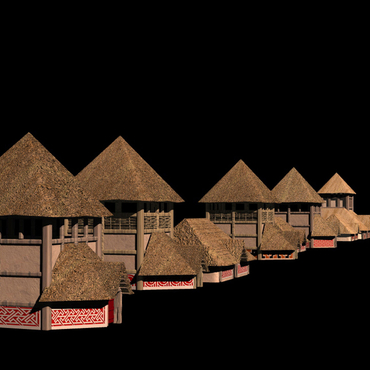
- Home
- Archaeological research
- Reconstruction and archaeology
From a simple sketch to a 3D real-time model, deciding on the best way to reconstruct an archaeological site is always a very delicate exercise. The best way to start is with a synopsis of the site, based on the information gathered during excavations, the research carried out on comparable sites, when they exist, on architectural knowledge and of course, on the results of experimental archaeology.
The reconstruction of Acy-Romance began in 2001 thanks to the work of Jean-René Châtillon. Ten years later, a new option is now available. Any reconstruction is necessarily just a moment in time, a summary of the state of research and knowledge, the personal vision of a researcher and dependent on technical developments. However, it remains an extraordinary medium of interpretation and comprehension for specialists, enabling them to offer criticism and suggest other solutions, and also and above all, for the general public.
In the case of the Gallic village of Acy-Romance, the concave structures (post holes, grain pits, graves) are particularly hard for an amateur to interpret and they were only visible during the actual excavation or sometimes in aerial photos, so reconstruction provides a unique opportunity to show and add value to a usually inaccessible heritage.

